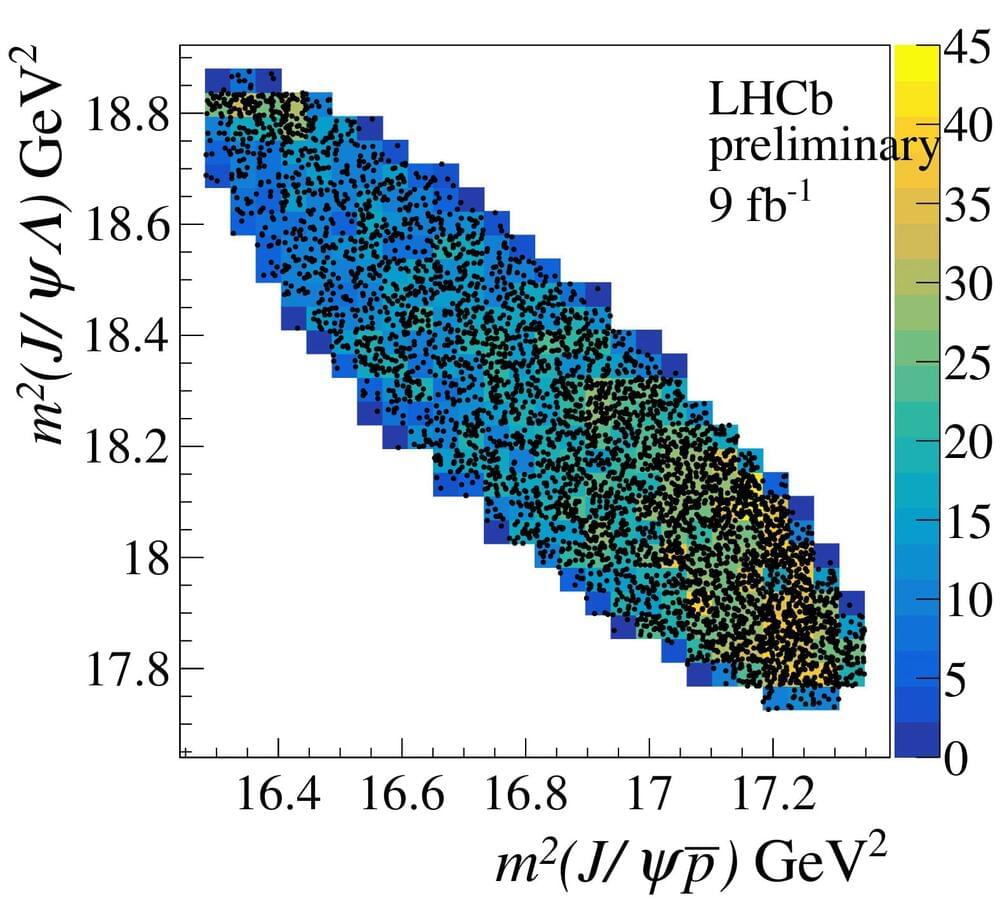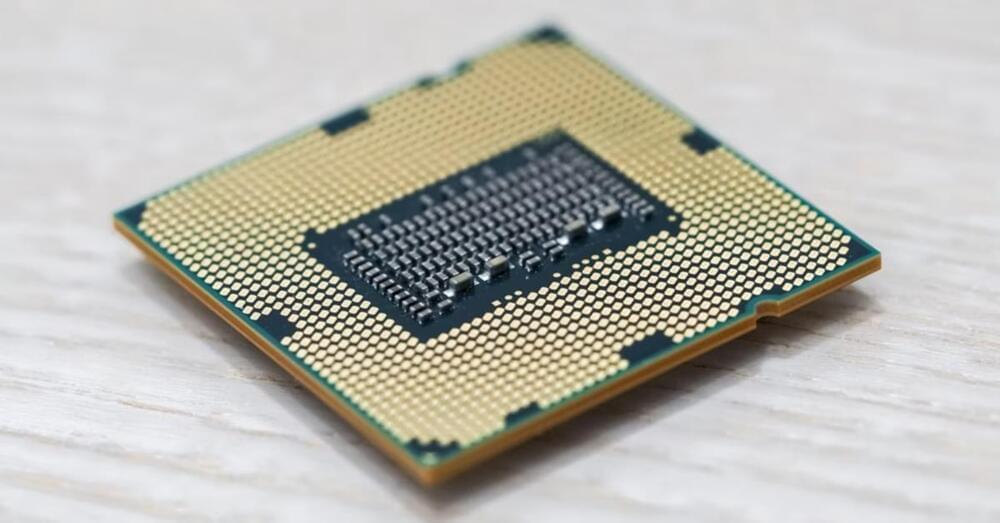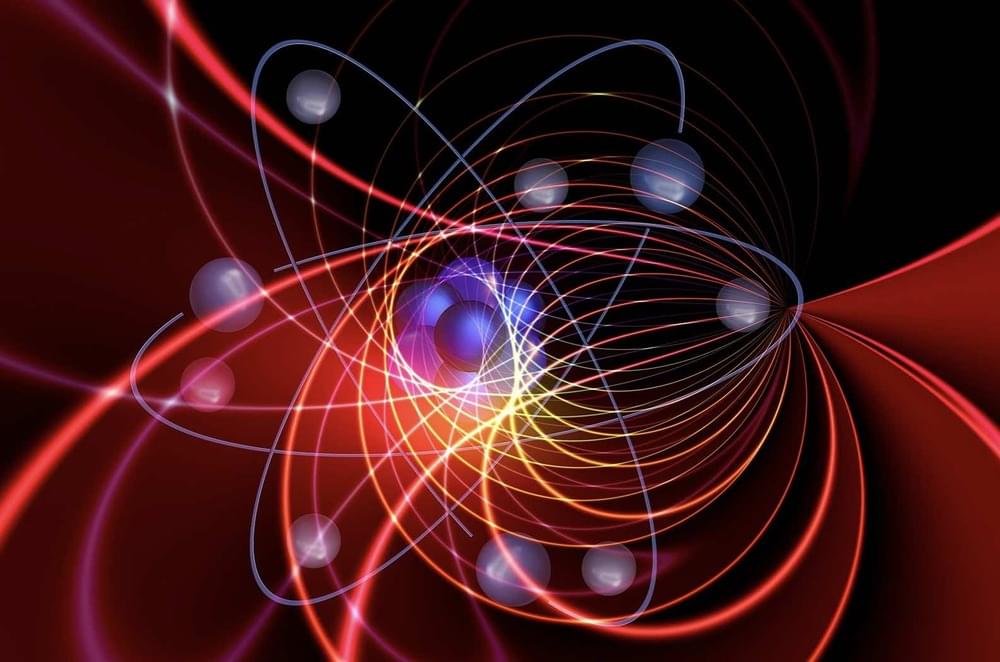The two tetraquarks, Tacs0 (2900)++ and Tacs0 (2900)0, are observed in joint analysis of the B0→ D0Ds+π– and B+→D– Ds+ π+ decays. The new tetraquarks are observed with masses around 2.9 GeV in both the Ds+π+ and Ds+π– mass spectra. The former corresponds to the first observation of a doubly charged open-charm tetraquark with minimal quark content csud and the latter is a neutral tetraquark composed of csud quarks. The Ds+π+ and Ds+π– mass spectra in the top images above indicate that the sum of contributions from conventional resonances (particles) cannot explain experimental distribution around the mass of 2.9 GeV. On the other hand, the experimental distributions are well understood when the contributions of the two new teraquarks are included in the analysis as shown in the two bottom images above. The mass and the width are determined to be 2.908±0.011±0.02 GeV and 0.136±0.023±0.011 GeV, respectively. The quantum numbers are determined to be JP=0+. In the language of particle physics the two tetraquarks are isospin partners.
In the conventional quark model, strongly interacting particles known as hadrons are formed either from quark-antiquark pairs (mesons) or three quarks (baryons). Particles which cannot be classified within this scheme are referred to as exotic hadrons. In their fundamental 1964 papers [1] and [2], in which they proposed the quark model, Murray Gell-Mann and George Zweig mentioned the possibility of adding a quark-antiquark pair to a minimal meson or baryon quark configuration. It took 50 years, however, for physicists to obtain unambiguous experimental evidence of the existence of these exotic hadrons. In April 2014 the LHCb collaboration published measurements that demonstrated that the Z(4430)– particle, first observed by the Belle collaboration, is composed of four quarks (ccdu).







